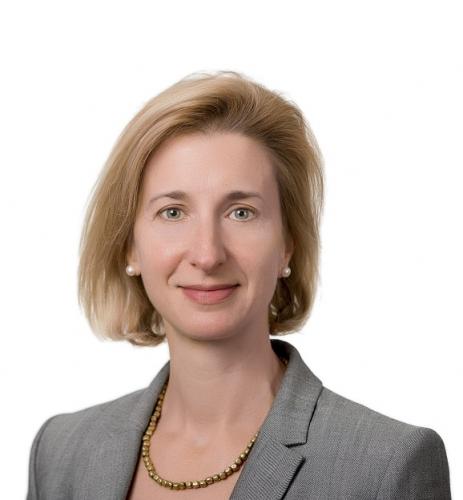
What sets PITCH apart from other programs of its kind? What value does it bring to faculty and investors?
We are in a time during which several models are being tested for how to mature academic innovation to an attractive stage for investor engagement. Funding is critical to navigate this transition. PITCH differs from other programs in several key ways; funds meet a defined scope of work that will mature and de-risk the novel concept, funds validate the science simultaneously outside and alongside faculty labs and funds enable us to operate at a scale that attracted a board of highly engaged early-stage investors to pressure test the concepts.
We have an External Advisory Board composed of scientifically-trained industry veterans who have navigated rich careers in pharma, start-ups and investment roles. They help us define the work required to mature the concept, and ensure that what is being proposed is truly novel and attractive for commercialization. They help keep us on track throughout the program.
Most of the work is done at the Yale Center for Molecular Discovery and UConn cores for protein expression and medicinal chemistry, and some work is sent out to highly cost-efficient and often specialized vendors. This system benefits faculty as their lab members are focused on other funded work so that we can accelerate the pace of discovery, and investors value independent validation from results generated beyond the originators’ labs. Faculty member’s labs often have unique, proprietary systems available, and we can access those as well. PITCH funds enable us to bring out the best of both worlds.
What has success looked like for PITCH thus far?
Success can be measured many ways. We’ve demonstrated that we can identify opportunities at Yale and UConn that capture and hold the attention of investors. We can execute simultaneously on a dozen or so multi-stage research plans with tangible, quarterly results towards developing investor-ready opportunities. We can systematize a process in which academic researchers progress to founder roles in start-ups of their creation, form companies and seek funding including non-dilutive (SBIR) opportunities. These are tremendous accomplishments within a 2.5-year timeframe!
How has the Venture Advisory Board (VAB) contributed to the success of PITCH?
In terms of right-sizing our investment to the need - I am extremely grateful to the high level of interest and participation from an exceptional Venture Advisory Board (VAB). We’ve been absolutely stunned by the willingness, experience and receptivity of our VAB members. They were intrigued by the PITCH model. They’ve shown a committed interest to shape this unpublished research towards unmet medical needs. Their feedback is crisp and on point. Their involvement has also required our academic founder teams to grow, and they’ve come a long way – we’ve pushed them beyond their comfort zones – and they are forging meaningful relationships with VAB members that are improving how they think about how to best translate their discoveries.
Can you speak to company formation as a result of PITCH?
Certainly! True to any portfolio, companies within the PITCH portfolio vary in their maturity and “ripening rate.” Founder teams are the leaders in these early companies. Some have successful track records of starting companies such as Richard Flavell of ILuminance, Dennis Wright of Quercus Molecular Design and Ranjit Bindra of Athena Therapeutics. Others are grabbing the opportunity by the horns, showing deep committed to the process – Jesse Rinehart & Farren Isaacs of Sidera Medicine, Jim Cole of Emphutos and John Deacon of Cytosolix all come to mind in this way. These groups have incorporated their companies and are actively seeking non-dilutive and venture funding to propel their companies beyond the PITCH launch point.
* Photo courtesy Janie Merkel
